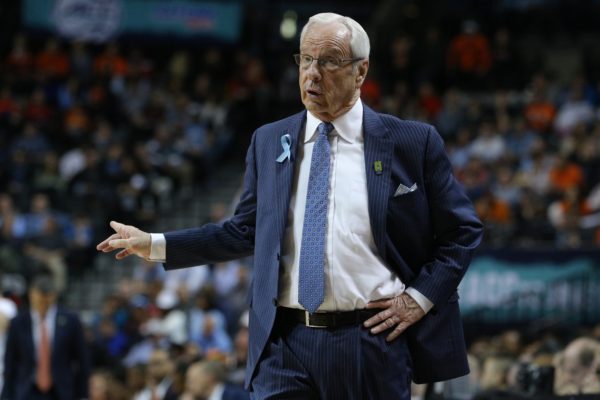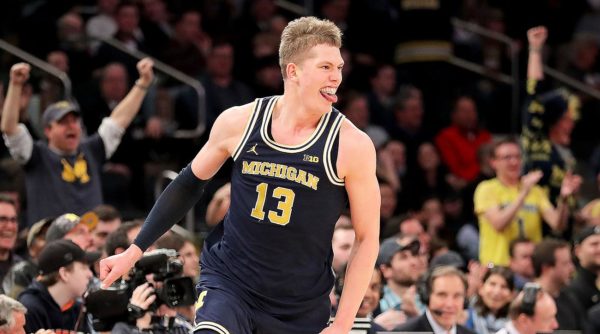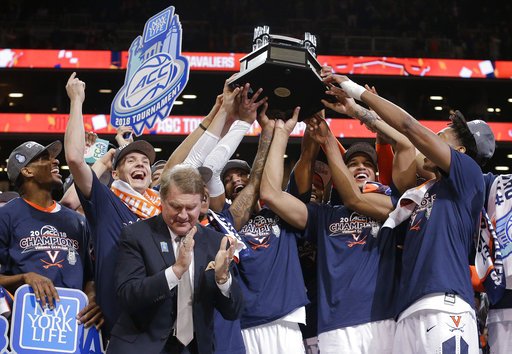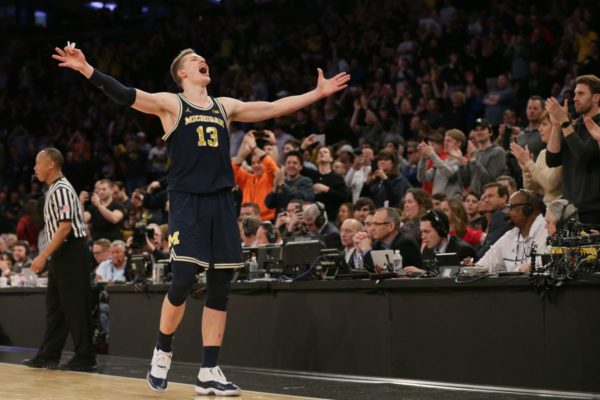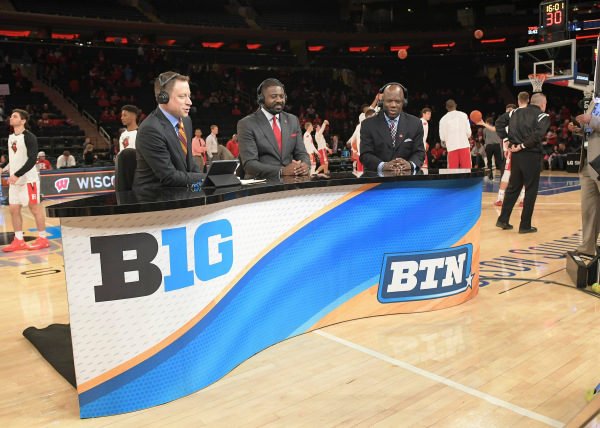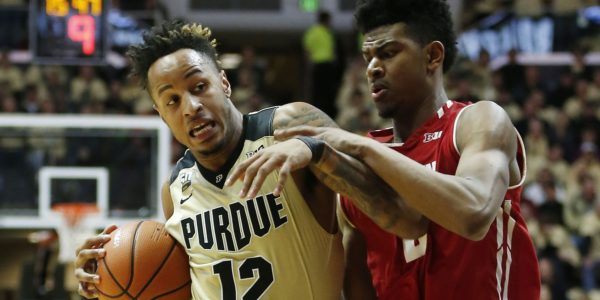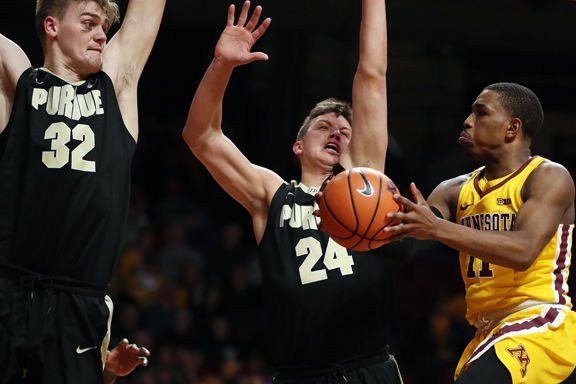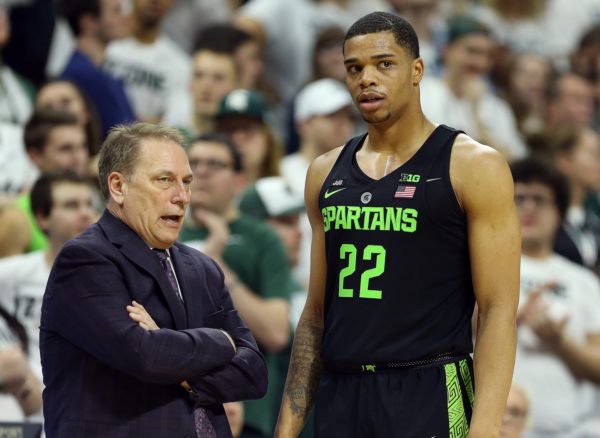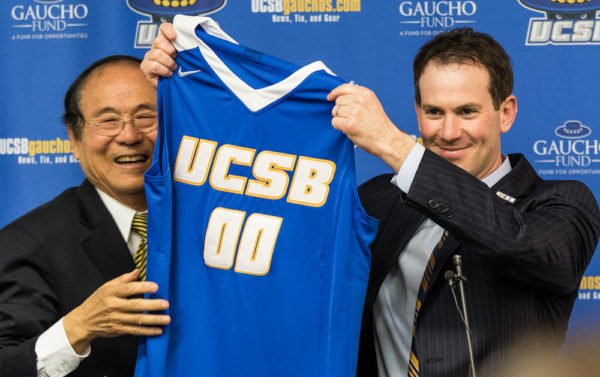RTC Bracket Prep: West Region
Posted by Andrew Murawa on March 12th, 2018Today and tomorrow we will be rolling out our region-by-region analysis for the 2018 NCAA Tournament. Here, Andrew Murawa (@amurawa) breaks down the West Region from top to bottom. Also, be sure to follow our RTC West Region handle on Twitter for continuous updates over the next two weeks (@RTCWestRegion).
WEST REGION
Favorite: North Carolina, #2, 25-10. At first glance, this is a wide open region with no dominant team. The Tar Heels are the highest rated KenPom team in this group at #7, but they are just one of six teams in the region that fall between #7 and #17 in that metric. In other words, this region is anybody’s ballgame. What sets Roy Williams‘ squad apart from the rest of the contenders fighting to come out of the Staples Center is the level and quality of the experience on this team. All five players who average double figures in scoring (Luke Maye, Joel Berry, Cameron Johnson, Kenny Williams and Theo Pinson) are upperclassmen, and three of the four saw significant action in last year’s National Championship run. In March, offense wins championships, and this Tar Heels team is an elite offensive squad with the experience and savvy to make a return trip to the sport’s final weekend.
Should They Falter: Michigan, #3, 28-7. If you’re looking for a hot hand to ride, look no further than the Wolverines. Since an ugly road loss to Northwestern in early February, John Beilein‘s squad has reeled off nine straight wins, including an impressive one-two punch in the last two games of the Big Ten Tournament to earn the automatic bid. Balanced scoring and an uncharacteristically stingy defense are the hallmarks of this group, but Michigan is highlighted by veterans who take care of the ball, can knock down the three and do all the little things on defense. However, beware of the team’s week-plus layoff after an early Big Ten Tournament along with a slow pace which could allow lesser teams to stick around deep into the game.
Grossly Overseeded: Xavier, #1, 28-5. Sorry Musketeers fans. It’s bad enough that we made it through those first two bullet points without mentioning the #1 seed in this region, but to have them show up here must seem like adding insult to injury. Nothing against Chris Mack‘s clearly talented and accomplished club, but some team has to go in this spot and Xavier doesn’t possess the traditional metrics of a top seed. For instance, try digging through KenPom‘s historical rankings to find another #1 seed ranked as low as Xavier defensively (59th) and you’ll find that Nate Robinson and Brandon Roy in 2005 were the most recent distinction — and that tourney didn’t exactly end well for Washington (lost to Louisville in the Sweet Sixteen). That’s not to disparage this squad. Trevon Blueitt is among the best players in the nation. J.P. Macura is an elite college basketball villain (depending on who you root for). And Mack has lined up his next wave of program leaders with the likes of Quentin Goodin and Naji Marshall. But no one would be surprised to see the Musketeers suffer an early exit either.
Criminally Underseeded: Houston, #6, 26-7. It’s hard to get too worked up about a seven-loss AAC team only getting a #6 seed with blemishes like Drexel, Tulane and Memphis on its resume. But Kelvin Sampson‘s Cougars are a tough, balanced and veteran team. They feature five upperclassmen in their rotation, defend like crazy and have a fearless trio of guards – Armoni Brooks, Corey Davis and Rob Gray – who can get hot from three at any moment — each player has hit at least five threes in a game on multiple occasions this season. A #6 seed is probably an appropriate seed for Houston, but you can bet Michigan isn’t in love with seeing the Cougars as a potential first-weekend opponent.





























